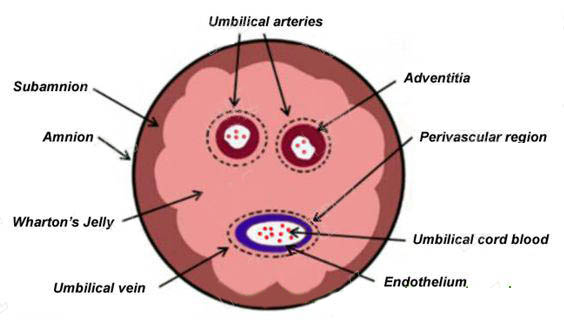ICP Quantitative Analyzes-Things to Consider
In inductively coupled plasma (ICP) spectroscopy, the concentration of elements in a sample can be measured by ICP mass spectrometry (ICP-MS) or ICP optical emission spectroscopy (ICP-OES). In ICP-MS, the concentration measurement is related to the quality of the element, and in ICP-OES, the concentration measurement is related to the emission spectrum of the element.
The precise measurement of element concentration depends on the choice of ICP method and the calibration technique used.
ICP system
Typical ICP-MS systems include atomization chambers, nebulizers, ICP torches, interface zones, vacuum zones, lens systems, mass spectrometers, detectors, and data processing systems. A typical ICP-OES system includes an atomizer, nebulizer, ICP torch, interface zone, optical chamber, emission spectrometer, detector and data processing system.
In order to analyze a liquid sample or a dissolved solid sample, the sample is pumped into an atomizer to produce an aerosol. The aerosol is dispersed in the spray chamber so that only the smallest aerosol droplets are introduced into the ICP lance. Plasma is generated in the ICP torch by applying energy to the argon passing through the torch using a radio frequency coil. In high temperature plasma, the sample gas mist is dried, atomized and ionized.
In the ICP-MS system, ions generated in the plasma introduce the sample into the system to the interface area, the vacuum area, and the lens system. The lens system focuses the ions into the mass spectrometer, which separates the ions by mass. The specific elements corresponding to the mass analysis and the ion are measured by the detector and the data processing system.
In the ICP-OES system, atoms and ions are generated in the plasma. Photons are emitted and collected in the optical chamber as the electrons in the atoms and ions return to a lower energy state. In the optical room, photons are divided into different wavelengths, called emission lines, and measured by optical emission spectrometers. The elements are detected and measured based on the wavelength and intensity of a particular emission line.
ICP-OES
When developing ICP-OES methods, consider the following.
Sensitivity
The sensitivity of the program depends on the ability of the emission line to measure accurately and quantitatively at the lower detection limit without the need for spectral correction.
Spectral interference
These disturbances include direct spectral overlap, wing overlap, and neighboring wavelength neighbors that may cause background correction problems. In any measurement, these disturbances must be resolved by proper instrument calibration and use of standards with well-defined trace metal impurity data.
Matrix effect
These effects created by the elemental matrix components affect the temperature and atomization efficiency of the plasma, resulting in deviations in signal intensity and inaccurate measurements. The following calibration techniques, especially internal standardization, can be used to correct matrix effects.





 Price is 8-20% Lower Than Other
Price is 8-20% Lower Than Other






